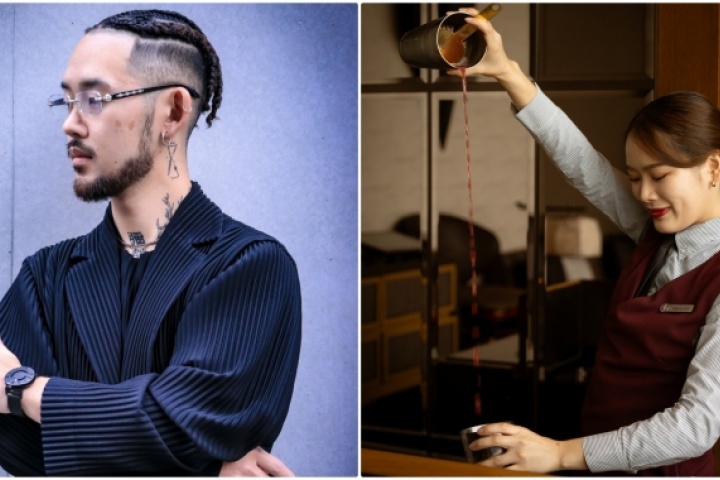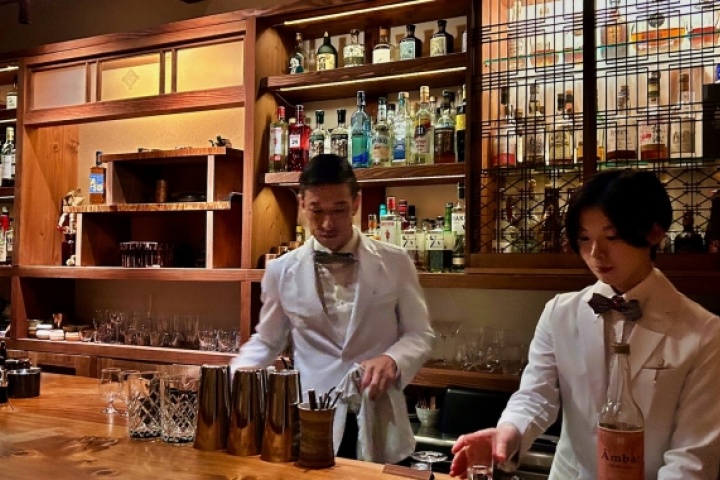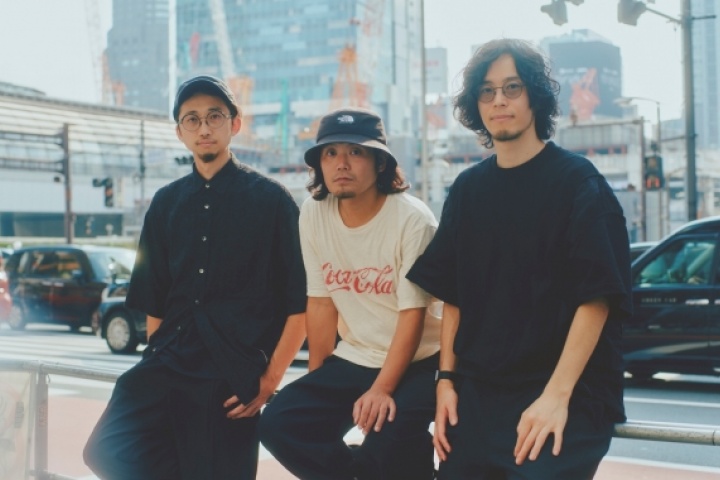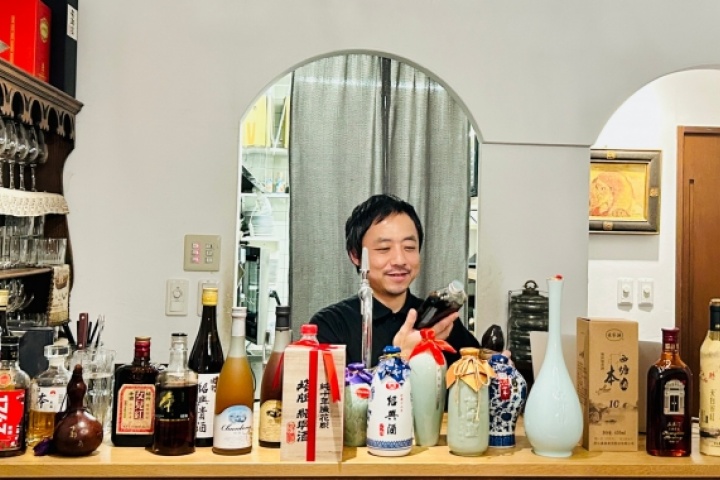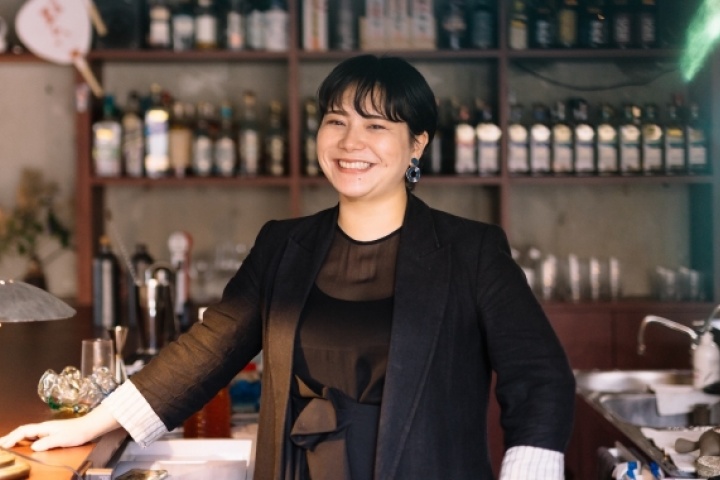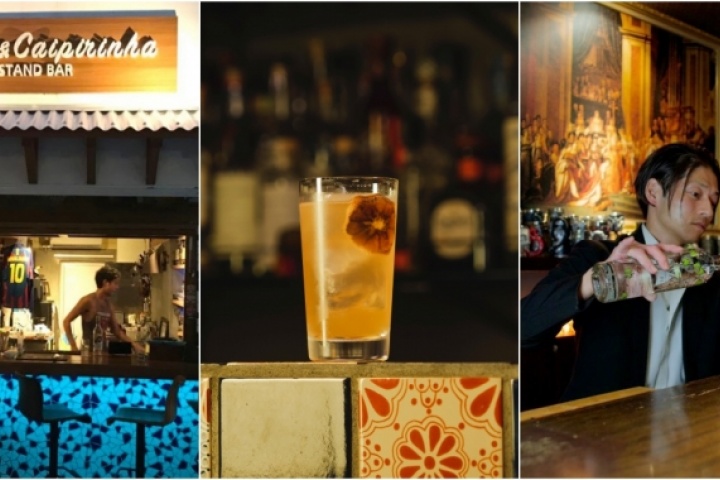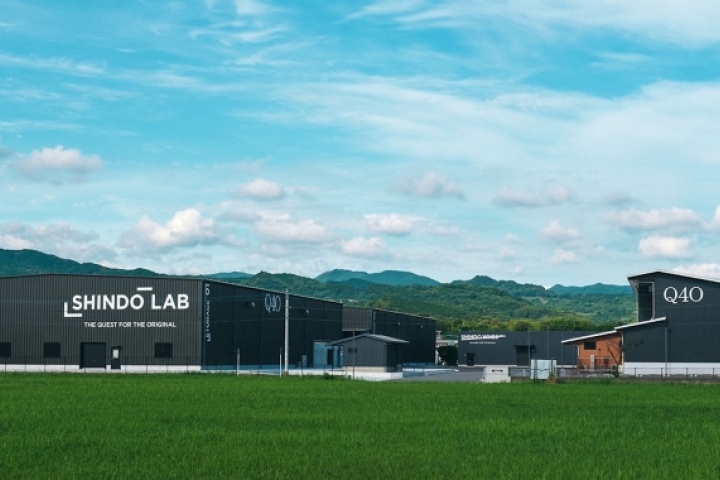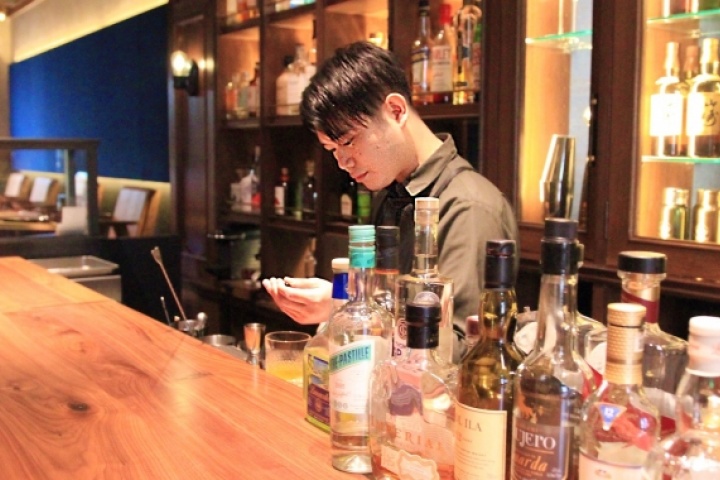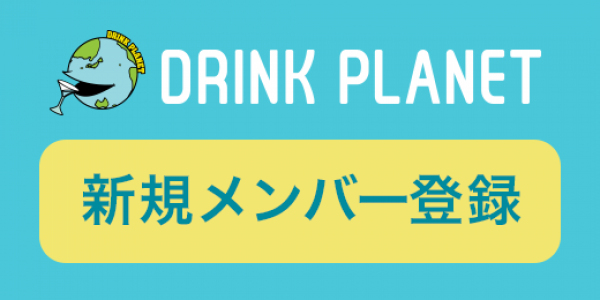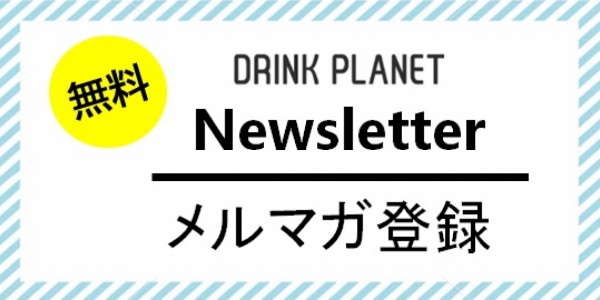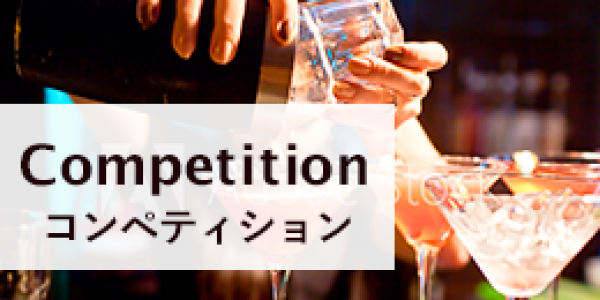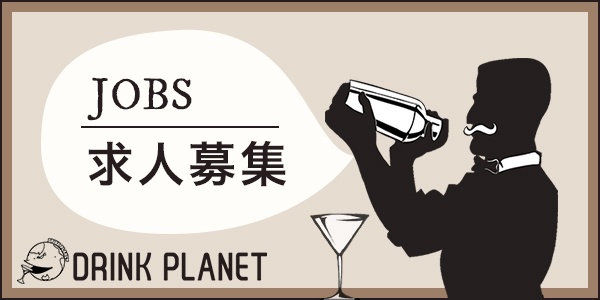
PICK UP
Just for decoration" is nonsense! The Science of "Delicious Flowers". - Part I
#Pick up
小澤亮/Ozawa Ryo from「EDIBLE GARDEN」
writer:Ryoko Kuraishi
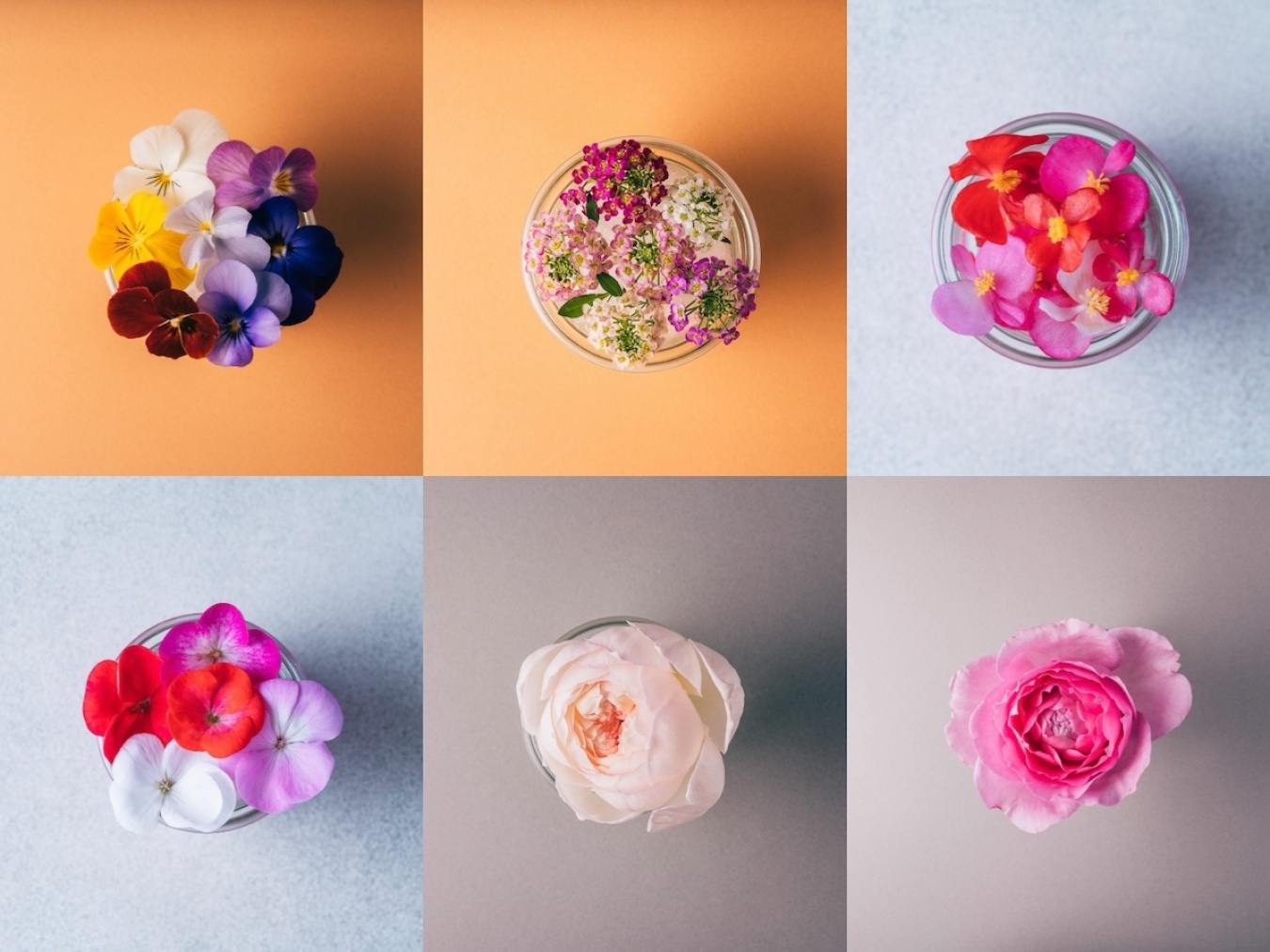
From left in the upper row, violas, alyssum, and begonias of the "Oishii Hana" brand, an edible flower brand "AYUMI" operated in cooperation with the non-profit organization "Ayumi" and agriculture and welfare. From left in the lower row: geraniums from Oishii Hana, bolero from Nobel Rose, and tois parfum from Nobel Rose.
Creating a "Delicious Flower Food Experience."
EDIBLE GARDEN always has more than 80 varieties of the freshest, pesticide-free edible flowers available.
The company has partnered with 14 growers across Japan to provide edible flowers to bars, restaurants, and patisseries year-round.
It is led by Ryo Ozawa, a marketer from "Yahoo! Japan," Tatsunori Kimura, an agricultural scientist, and Koji Tamura, a chef.
Edible flowers have often been used as "decoration" rather than as a food ingredient, but Ozawa and his colleagues have focused on their functional and aromatic components. They are researching the potential of edible flowers as "food ingredients of the future.
What is important as an ingredient is to make consumers feel that it tastes good," says Ozawa. That is why we are focusing on cultivating flowers that are tasty to eat and have little bitterness or bitterness," says Mr. Ozawa.

On the left is Mr. Ozawa and on the right is Chef Tamura.
What kind of flower is a "delicious flower"? Ozawa and his team's challenge began with the science of "delicious to eat.
What is a "tasty flower" and what is "not tasty"? What makes a flower tasty? We set out on a screener to find out what makes a flower tasty or not.
Delicious flowers are those that have a distinctive flavor, such as sweet or sour, and a strong aroma.
Take begonias, for example. The petals have a lemon-like acidity, and the leaves have a grape-like flavor. Ibupiazcea has a strong fragrance with little bitterness.
These characteristics (taste and fragrance) attract insects that help pollinate the flowers.
On the other hand, flowers that are not tasty are those that are weak in sweetness, acidity, and fragrance, and have a strong bitter or bitter taste. This is the case with many of the edible flowers currently on the market.
In collaboration with production centers and universities, we repeatedly test-cultivated various varieties, tasted them, and scientifically analyzed their tasty and fragrant characteristics, while sending samples to top chefs and pastry chefs for their evaluations. We repeated the process of sending samples to top chefs and pastry chefs for their evaluations.
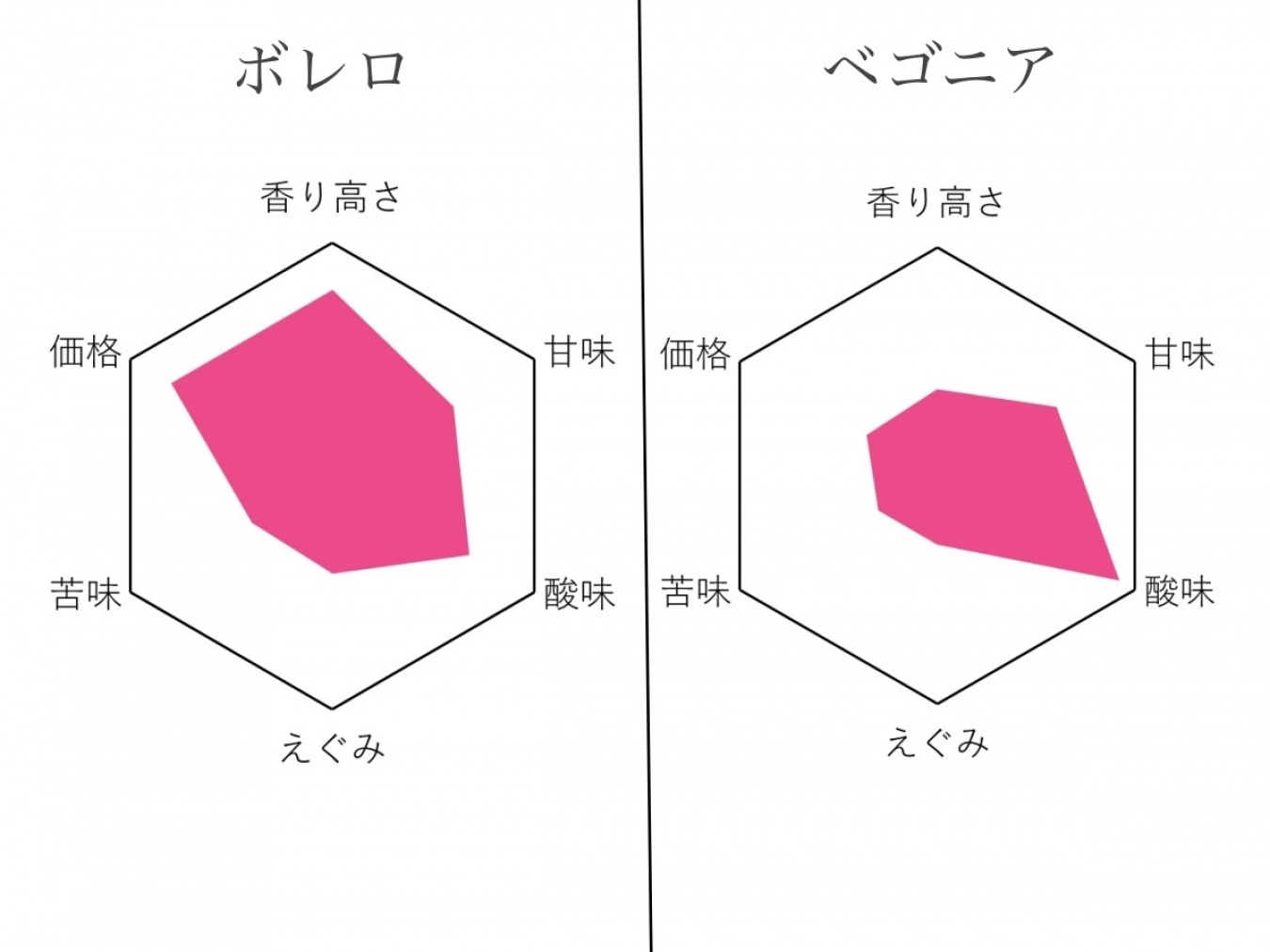
Chart of edible flowers handled. The method of calculating the values for each evaluation item is as follows: / Perfume: sensory evaluation by experts / Taste: coefficient based on Brix value / Acidity: coefficient based on acidity / Gum: coefficient based on nitrate nitrogen content / Bitter: coefficient based on polyphenol content / Price: coefficient based on sales price per 1g/flower.
”Ingredient analysis" brings out the value of flowers.
The key point here is that Ozawa and his team quantify the taste, aroma, nutrition, function, and safety of ingredients, in other words, "visualize deliciousness.
Just sampling is not enough to get chefs and patissiers to pay attention," Ozawa said. But if you add a catchphrase with a specific number, such as, 'how many times more flavorful is this product compared to the regular product,' you increase the likelihood that they will take notice.
Numbers can enhance the value of a product or brand.
Ozawa's first successful experience in food branding was with an edible rose producer that he had been consulting with for some time.
The producer said, 'I don't think there are edible roses with a better aroma than ours,' but we hadn't been able to connect that to branding," says Ozawa.
When we conducted research and analysis of the ingredients with Shimane University, we found that the fragrance was 3,840 times greater than that of commonly distributed edible roses.
The scientific proof of the high quality of the roses allowed us to price them at 35 times the market price.
This proof also led to a steady stream of orders from top chefs and three-star restaurants both in Japan and abroad.
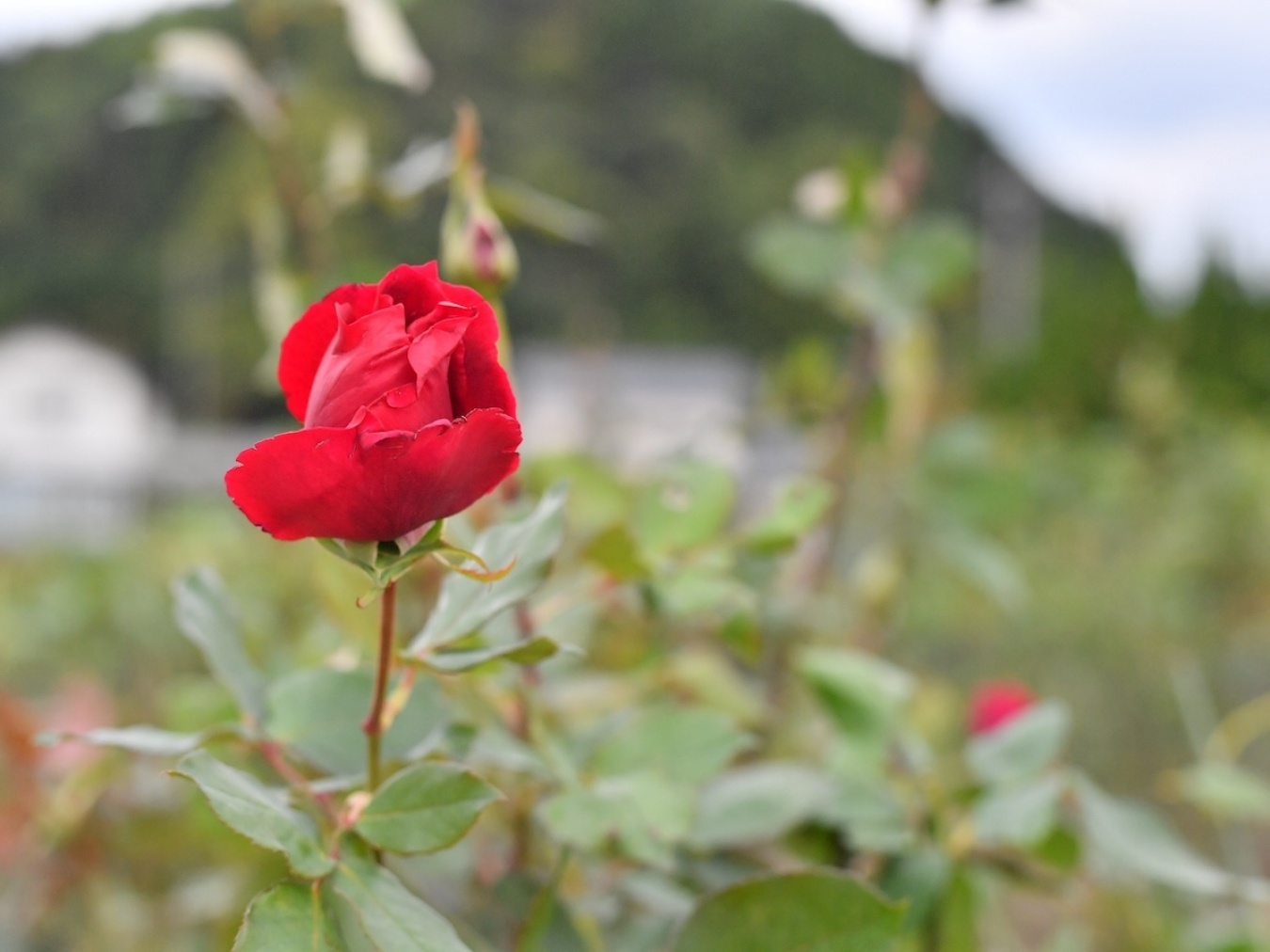
Cultivation of the "Sahime" at the Okuidumo Rose Garden.
This branding led to the full-scale launch of "EDIBLE GARDEN" to support producers, as well as the development of "ingredient analysis branding," a new service that provides scientific proof of food quality in cooperation with researchers and universities.
This allows producers to price their products according to their value, and users to obtain the foodstuffs they are looking for.
We think the food tech perspective is important because it brings new technology to the industry.
For example, thanks to Foodtech, we were able to prove that violas, one of the most popular edible flowers, actually have one of the highest polyphenol contents of all food ingredients (* total polyphenol content of about 15,000 mg/100 g).
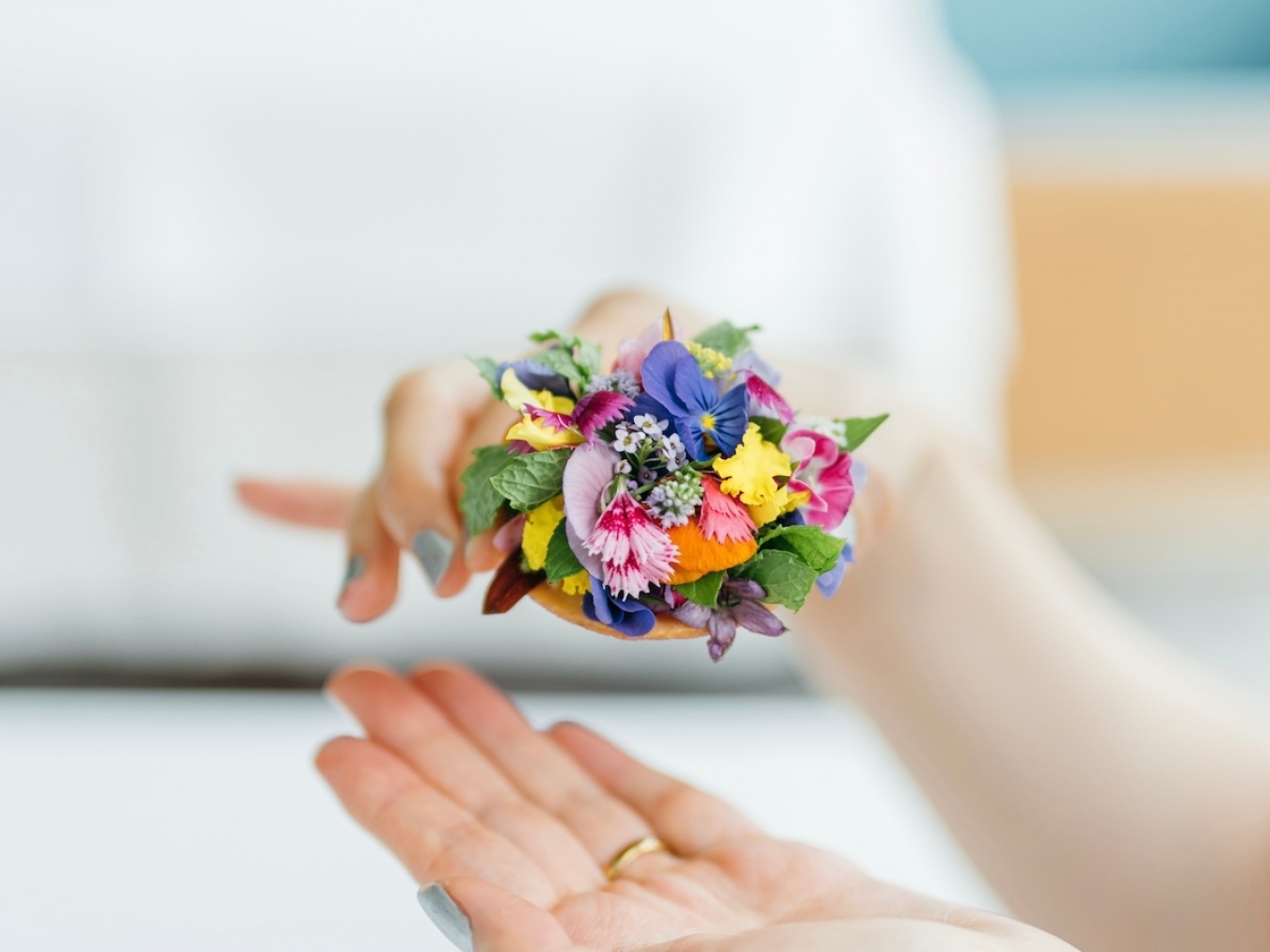
The "Blessings of Japanese Satoyama - Flower Tart" was created by Chef Patissier Mineko Kato of the innovative restaurant "FARO" (Ginza). It is a vegan tart made with about 40 kinds of herbs and flowers.
In addition, the company is researching cultivation techniques to maximize the nutritional value of edible flowers and planning and cultivating edible flowers with good taste.
One example of these efforts is the world's first successful development of edible roses that can be grown year-round in a plant factory!
Furthermore, the ability to provide a stable supply of edible roses year-round has led to collaborations with a wide variety of creators.
In the second part, we will introduce the spirits of flowers that transformed Mr. Ozawa's experience with edible flowers!
Continue to Part 2.
SHOP INFORMATION
 |
|
|---|---|
| EDIBLE GARDEN EDIBLE GARDEN |
|
|
12-29, Yocho-machi, Shinjuku-ku, Tokyo TEL:03-4540-4271 URL:https://ediblegarden.flowers/ |
- Drink Planet >
- PICK UP >
- Just for decoration" is nonsense! The Science of "Delicious Flowers". - Part I
![[Drink Planet] Cocktail portal site for bartenders](/img/common/logo.png)

![[Drink Planet] Cocktail portal site for bartenders](/img/common/logo-l.png)
